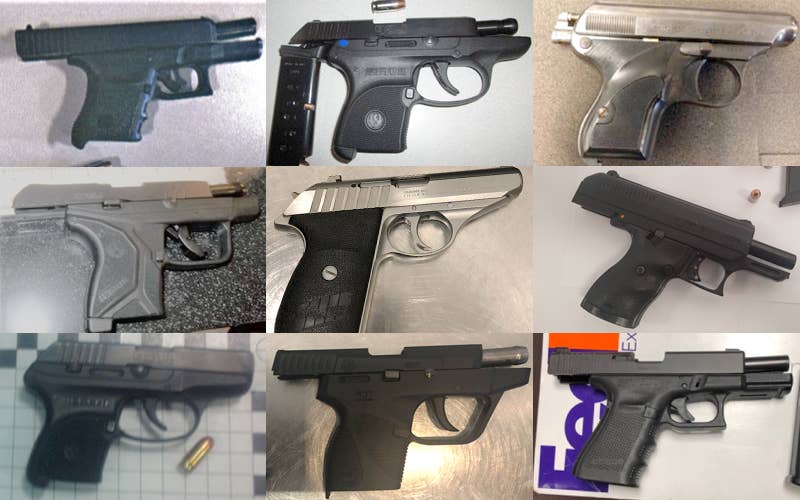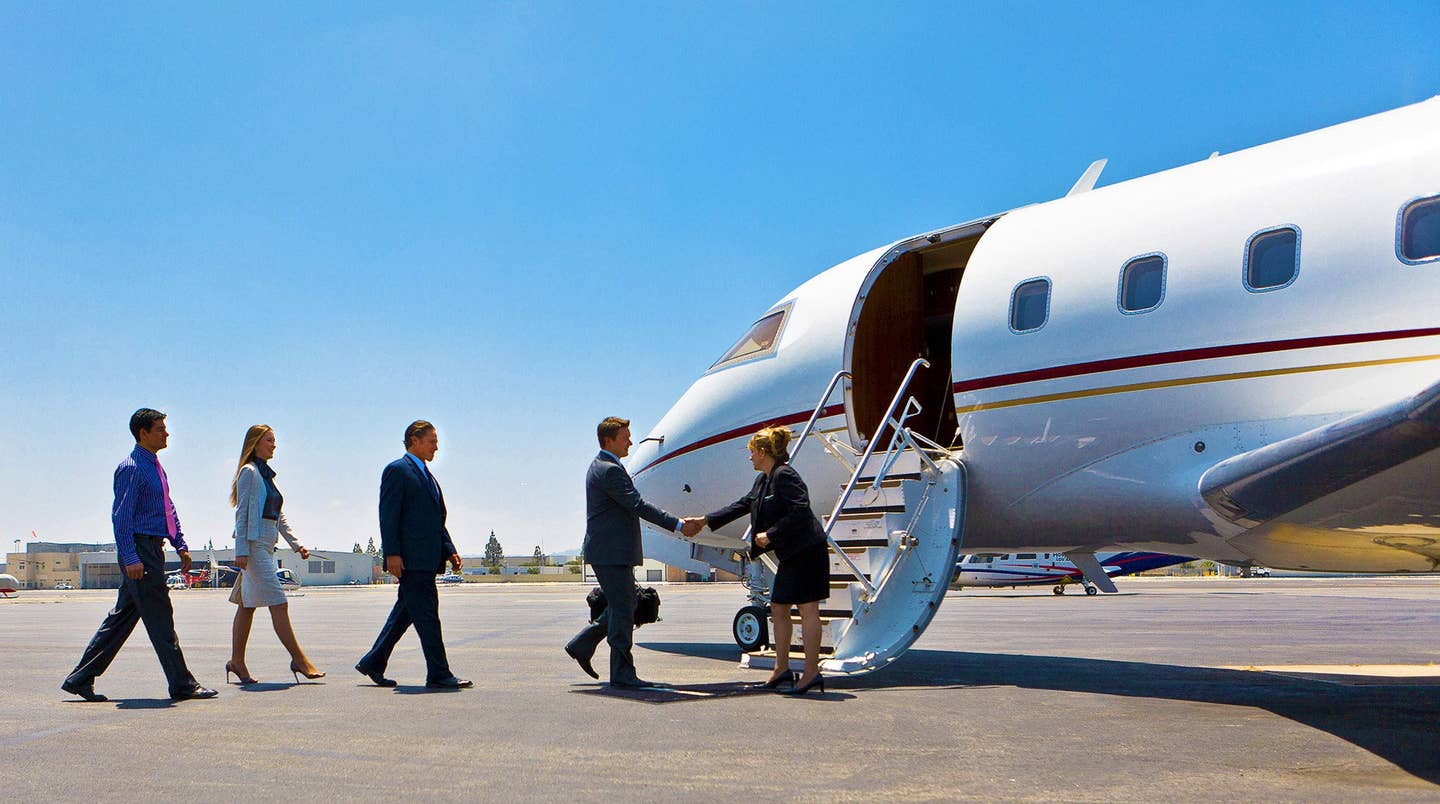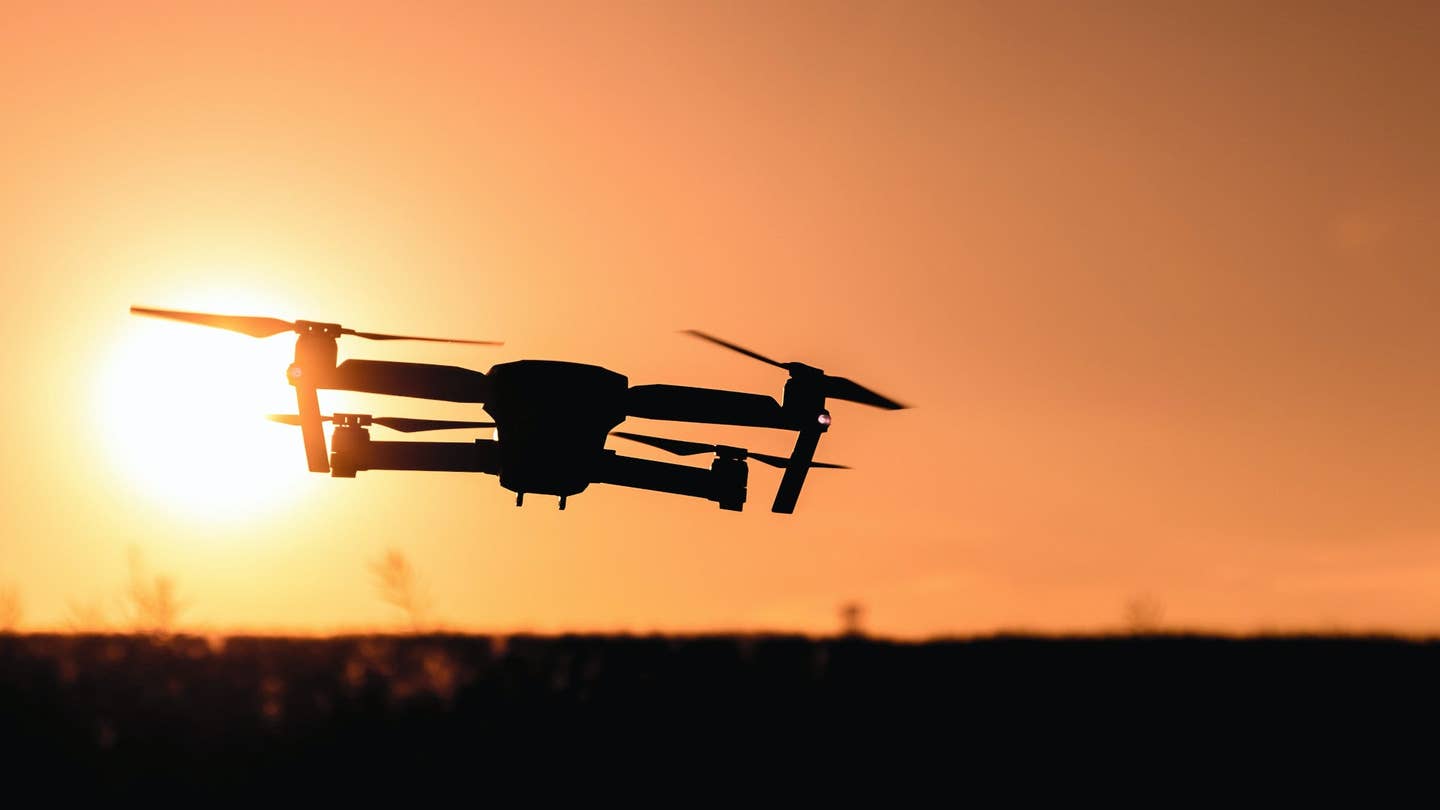
[File photo: Adobe Stock]
Over the past few decades, transportation technology has advanced tenfold, but why aren’t airplanes going any faster? Turns out, there’s a few very good reasons as to why you don’t want your commercial flight to travel at supersonic speeds—turbulence, energy costs, and ticket prices could all be affected by your flight’s speed. Let’s dive into why your commercial flight keeps a normal pace.
Easily become an airplane or commercial pilot online! Courses designed by industry experts can help you pass FAA tests and get into the sky!
Enroll NowWhat Is a Commercial Plane?
Commercial airplanes are non-military aircraft suited to carry passengers and/or freight between airports.
What Impacts the Speed of a Plane?
When talking about aerodynamics, there’s a plethora of factors that affect an aircraft’s speed. In short, here are three important components to airspeed.
- Altitude
- Air pressure decreases at higher altitudes, allowing aircraft to move at a higher speed.
- Wind Direction/Speed
- Airplanes can travel faster when flying in the same direction as the wind. Conversely, an airplane will fly slower (and use more fuel) when flying into headwinds.
- Total Thrust
- Of course, an airplane’s overall speed depends on how much thrust is produced by the engines. Not all commercial jets are made equal.
How Do You Measure an Airplane’s Speed?
An aircraft’s speed, known as airspeed, is typically measured in four different ways. No matter which type you use, all airspeed is represented in knots.
-
Indicated Airspeed (IAS)
- Indicated airspeed is measured using the aircraft’s pitot tube and static pressure. This measurement is displayed on the pilot’s airspeed indicator, which may be a separate gauge, or as part of a primary flight display or PFD.
-
True Airspeed (TAS)
- True airspeed measures the speed of the aircraft in relation to the surrounding air. As you reach higher altitudes, the IAS will become less accurate, because of lower ambient air pressure.
-
Groundspeed (GS)
- Groundspeed measures the aircraft’s speed in relation to a single point on the ground. Technically, GS is true airspeed corrected for wind.
-
Calibrated Airspeed (CAS)
- Calibrated airspeed is calculated using indicated airspeed corrected for any measurement errors. CAS is particularly useful at lower speeds.
-
Mach
- This type of measurement is generally reserved for jets—and aircraft capable of reaching the sound barrier. Mach can be found by dividing the speed of the aircraft by the speed of sound. That being said, the speed of sound varies at different air pressures.
Maximum Speed for Popular Airplanes
Just like cars, airplanes have speed limits in certain areas. While today’s commercial airplanes won’t take you across the Atlantic Ocean in less than a few hours, most major airliners travel at decent speeds.
- Boeing 747: 614 mph
- Boeing 737: 588 mph
- Airbus A380: 737 mph
Different Speeds of Flying
Just like any other type of vehicle, your speed largely determines what maneuvers you can accomplish. For airplanes, certain speeds are absolutely necessary to carry out a safe transition from ground to air.
At Takeoff
At takeoff, the average speed of a commercial airplane is anywhere between 160 and 180 mph (140 to 156 knots).
Cruising
For most commercial airliners, the airplane’s cruising speed ranges between 550 and 600 mph (478 to 521 knots).
Landing
While landing, speed is largely affected by the aircrafts current weight, commercial airplanes typically land between 130 and 160 mph (112 to 156 knots).
Speeds of Different Aircraft Types
Outside of commercial aviation, airplanes come in a great variety of different use types—some much faster than others.
Private Jets
Private jets can fly at speeds anywhere between 400 and 700 mph (348 to 608 knots), similar to commercial airplanes. Given their smaller size, they generally can’t fly as far as their larger counterparts because of fuel storage constraints. But a handful of ultralong-range jets can fly more than 8,000 miles or 6,952 nautical miles.
Military Airplanes
Military aviation is just as diverse as the rest of the industry. Military aircraft are designed with specific goals in mind, such as surveillance, assault, or cargo transport. Instead of listing the top speed of every military aircraft, here are a few examples from different categories:
- Lockheed Martin C-130J (Cargo): 416 mph
- Lockheed Martin F-22 (Fighter): 1,500 mph
- Boeing KC-135 (Air Refueler): 580 mph
- Northrop Grumman B-2 (Bomber): 628 mph
- Northrop Grumman RQ-4 (Surveillance): 391 mph
Single Engine
Single-engine airplanes, such as the Cessna 172, fly considerably slower than commercial airplanes. For the typical single-engine plane, you’ll be able to fly around 140 mph (122 knots). However, some of the more advance single-engine airplanes, like the Pilatus PC-12 NGX, have a top speed of 334 mph (290 knots).
Different Speeds, Different Goals
Commercial airplanes, while heavy and large, are capable of reaching high speeds over extended distances. While no two planes are exactly alike, physical limitations keep most airliners in the same playing field.
Outside of commercial aviation, the variety of aircraft fosters a variety of top speeds—ranging from a comparably slow Cessna 172, to a supersonic F-22. Either way you fly, make sure you land with FLYING Magazine.

Subscribe to Our Newsletter
Get the latest FLYING stories delivered directly to your inbox







